Oh boy, do we get used to being spoiled fast! In the past years, Kay and I have made so many modifications on the Luna boat, which we take for granted in normal life. And I complain a lot about working so much, but in the end, I really enjoy using as much water as I want, without running to the hose every day. So life on another boat is good for my gratitude. I appreciate being able to do laundry, shower as much and as long as I like, and using the dishwasher.
In the meantime, Kay is still running around the Luna, as are 10 guys, asking for his attention and opinion. He is involved in everything, he needs to know what’s going on and how to fix everything. Because we may get into places where we cannot rely on anybody. So he needs to know all about the electrical, engines, sails, hydraulics, plumbing, and so on.
He is starting to get really overwhelmed and he needs my help. Our plan, where I stayed home with the kids, now changed to helping as much as I can. So on Sunday, we went to the dry dock and fixed some more chores.
99 problems but…
There were a whole lot of problems, but our biggest issue was by far the grounding plates. Grounding plates on a boat are metal plates that are typically attached to the hull of the boat, usually made of copper or bronze. They serve an important purpose in ensuring the safety of both the boat and the people onboard.
If there is an electrical problem, like a lightning strike, the grounding plates provide a path for the electrical energy to safely dissipate into the water, rather than passing through the boat’s sensitive electrical equipment or causing harm to people on board.
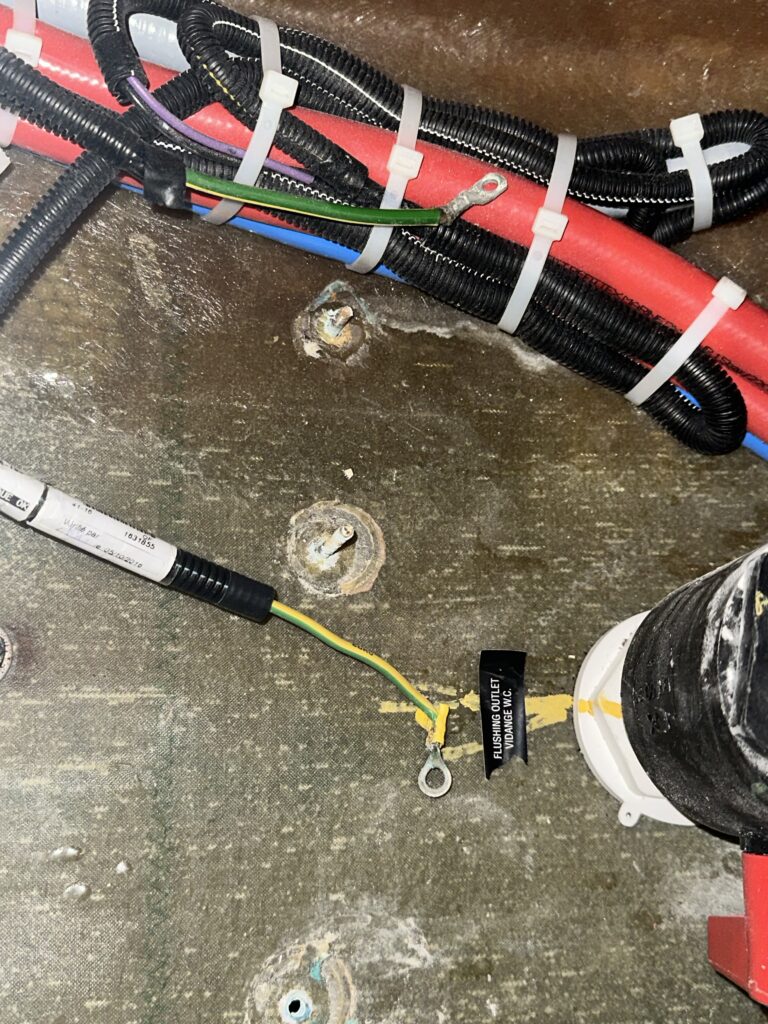
In our case, the screws holding on to these plates were broken and needed to be replaced. This is only possible if the boat is on the dry because the screws keep the holes closed. Our problem was the availability of these screws. In the whole continent, these screws were not in stock. We searched all countries and called all dealers. In the end, we had to get creative to solve this problem.
Like this, there were 100 more problems, all leaning on Kay’s back. No wonder he was getting burned out. We were stressing a lot. We could not keep up with this situation any longer. On the last day, Kay wanted to get some satisfaction out of cleaning the hull. The boat was getting into the water at 3. At least, that’s what we discussed. At 1, the lift was already there, just as Kay put on some polish to polish the boat. If you weren’t there, you cannot imagine this hostile atmosphere.
List of the work and maintenance
After a week on the dry, we took care of a whole list of issues and maintenance:
1. **Engine service**: Routine maintenance and inspection of the boat’s engine to ensure it runs smoothly and efficiently.
2. **Installation of new engine mounts**: Fitting new supports for the boat’s engine to reduce vibrations and improve performance.
3. **Installation of a second alternator**: Adding a second electrical generator to charge the boat’s batteries, providing backup power.
4. **Installation of new grounding plates**: Placing new metal plates on the boat’s hull to improve electrical grounding and reduce corrosion.
5. **Saildrive service**: Maintenance and inspection of the saildrive unit, which connects the engine to the boat’s propeller.
6. **Generator service**: Routine maintenance and inspection of the boat’s generator to ensure it operates reliably.
7. **Application of new anti-fouling**: Applying a special paint to the boat’s hull to prevent marine growth and maintain speed and fuel efficiency.
8. **Polishing**: Cleaning and shining the boat’s exterior surfaces to maintain its appearance and protect against corrosion.
9. **Sealing of solar panels**: Applying a protective sealant to the edges of solar panels to prevent water ingress and damage.
10. **Removal of old window film**: Taking off old tinted film from boat windows for better visibility and aesthetics.
11. **Application of logos and QR code on hull**: Adding branding and a QR code to the boat’s exterior for identification and marketing purposes.
12. **Tender outboard engine service**: Routine maintenance and inspection of the small engine used for the boat’s auxiliary dinghy.
13. **Application of Propspeed on propellers**: Applying a specialized coating to the propellers to prevent marine growth and improve performance.
14. **Replacement of zincs**: Installing new sacrificial zinc anodes to protect the boat’s metal components from corrosion.
15. **Installation of extra underwater lights**: Adding additional lights beneath the waterline for improved visibility and aesthetics.
16. **Lubrication of all through-hulls**: Applying lubricant to the openings in the boat’s hull to ensure smooth operation and prevent corrosion.

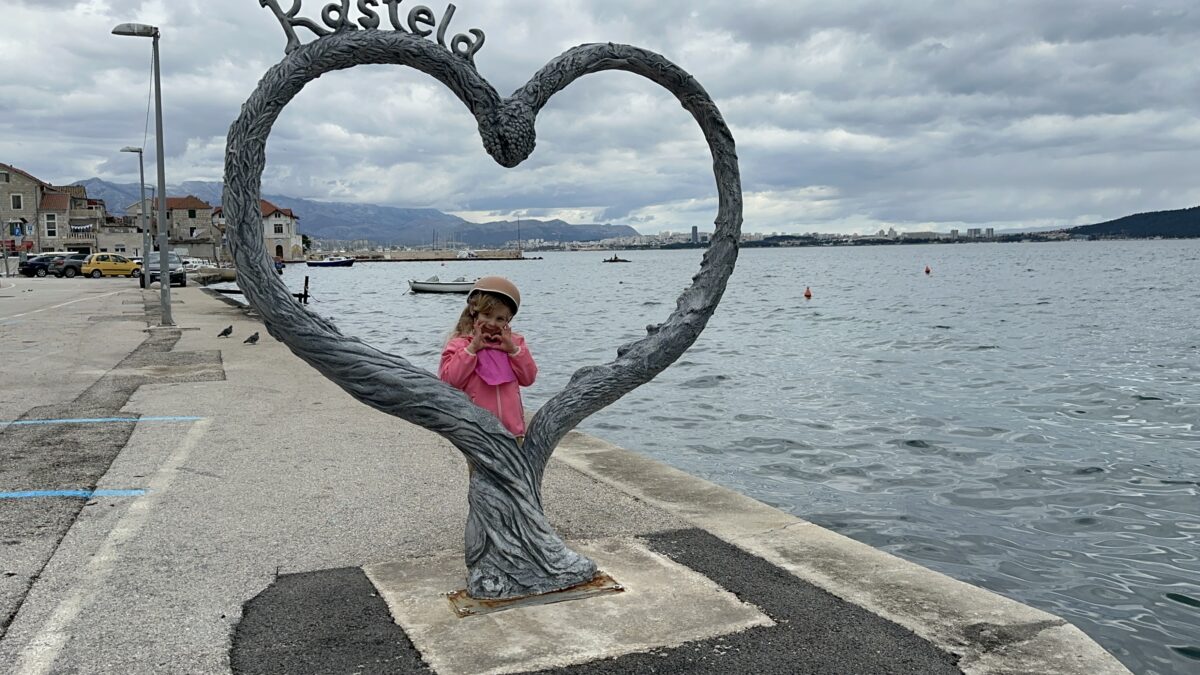
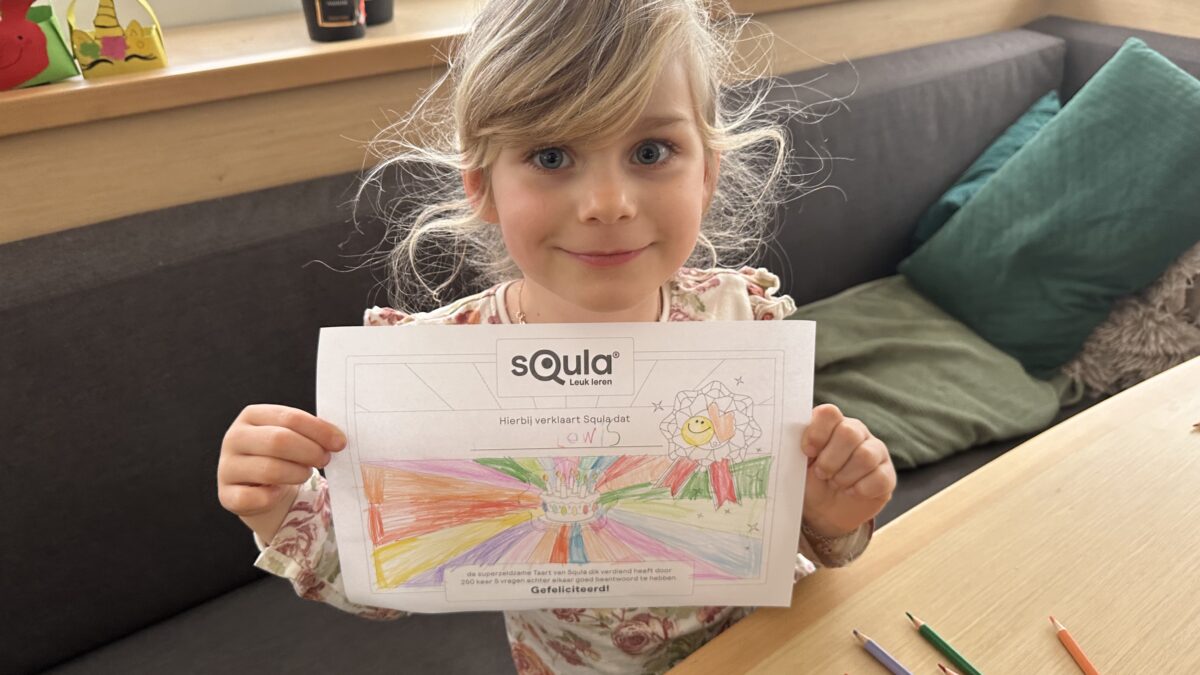









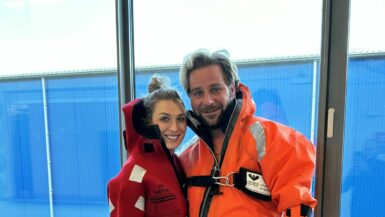
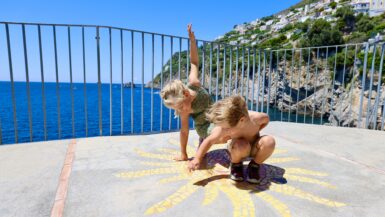
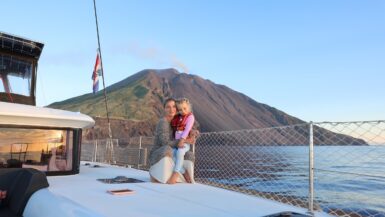
Leave a reply